Vast, diverse, deeply spiritual and utterly unforgettable, India is unlike anywhere else on earth – a melting pot of ethnicities and religions, a treasure trove of history and culture, and a curious mixture of chaos and serenity. Stretching across more than three million square kilometres, it encompasses a staggering array of landscapes, vistas and environs, and offers unparalleled travel experiences – from the beautiful beaches of Goa, to the compelling craziness of Kolkata, the sacred Ganges river banks of Varanasi, the snow-capped peaks of the Himalayas in Kashmir and the ancient, exquisitely crafted temples dotted across the entire country. Not to mention the vibrant, friendly people, and the incredible cuisine.
India’s capital, New Delhi, lies on the Indo-Gangetic Plain, within the National Capital Territory of Delhi. Made up of the ancient walled city of Old Delhi and the more modern sector, New Delhi, the city encompasses a staggering array of beautiful buildings, including three UNESCO World Heritage Sites – the grand, sandstone Red Fort, striking Qutab Minar, and fascinating Humayun's Tomb. Architecture enthusiasts will delight in the iconic Lotus Temple. Hear ‘qawwalis’ (devotional music) at the dargah (tomb) of the Sufi saint Nizam-ud-din Auliya; or wander through the 17th century Chandni Chowk marketplace – still one of the city’s most popular retail centres today, famous for its traditional jewellery and saris. The gorgeous Sunder Nursery and Lodi Garden provide calm, flower-filled oases for picnicking.
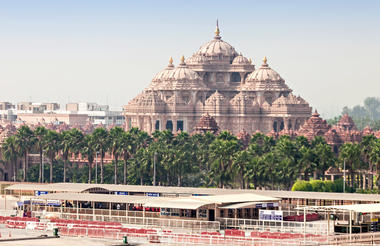

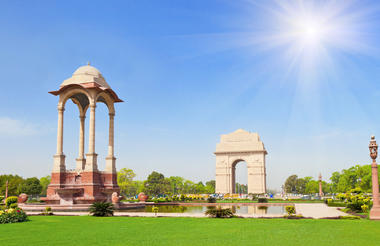
Located in India’s northern state of Rajasthan, halfway between Jodhpur and Bikaner, Nagaur is a desert town that serves as a stopover between the cities of Jodhpur and Bikaner. This bustling town is built around the massive 12th-century Ahhichatragarh, a beautifully restored historical fort encompassing spectacular pools and fountains, impressive palaces, and exquisite frescoes. Visitors to Nagaur can look forward to exciting adventures in the surrounding sand dunes, such as camping under the desert sky or joining a camel safari. Popular tourist attractions include the Jain Glass Temple, a unique shrine made entirely of glass; the Tripoliya Gate, a historical landmark; and the nearby Dadhimati Mata Temple, built in the 4th century, making it one of northern India’s oldest surviving temples.
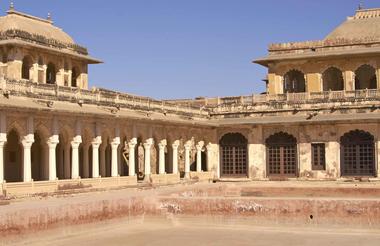
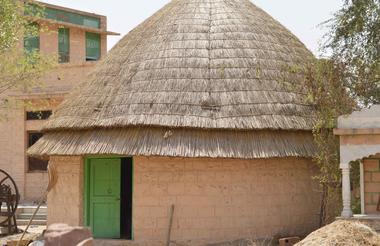
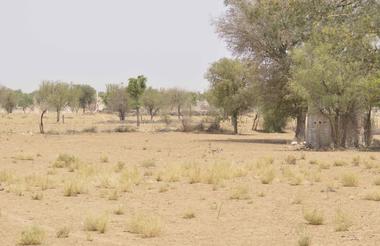
Known as the gateway to the Thar Desert, Jodhpur is the second-largest city in the state of Rajasthan, India. It is a popular tourist destination featuring a variety of ornate palaces, age-old forts, and sacred temples. Dubbed ‘The Blue City’, the old city contains houses in a beautiful shade of indigo. While Jodhpur is largely a sprawling modern metropolis, enclosed within its old city walls is a labyrinth of winding, narrow medieval streets, and bazaars. The massive 15th-century Mehrangarh Fort, which towers over the city from its sandstone plinth, is one of the largest in the country. Other must-see attractions include the Umaid Bhawan Palace, one of the world's largest private residences; and the Jaswant Thada, an intricately carved white marble mausoleum.
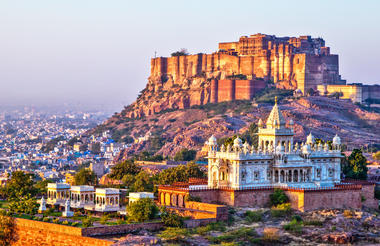
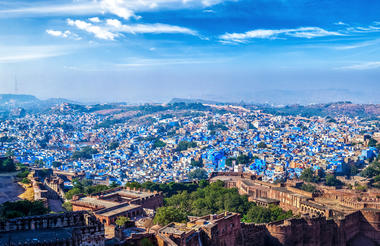
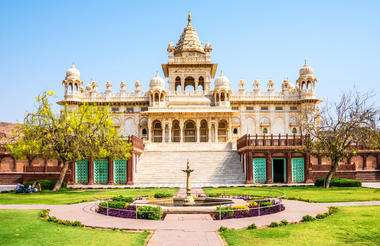
Resting on the banks of the River Luni just north of the vast Jawai Dam, the village of Jawai Bandh rests in Western Rajasthan, India. This village serves as an excellent base from which explore the scenic surrounding area including the large glistening Jawai Dam. Built across the Jawai River, the dam encompasses the Jawai Dam Crocodile Sanctuary which protects an array of wildlife such as crocodile and a variety of Indian and migratory birds including a mix of crane and duck species. Bear, hyena, wolf, and many leopards have also been spotted in the surrounds, earning these granite hills the name ‘The Leopard Hills of India’. The Jawai area is known for its harmonious coexistence of humans living amidst wildlife, and it said that this is the reason that Jawai is home to the largest population density of leopards in India. Don’t miss the opportunity to visit the nearby Kambeshwar Ji leopard sanctuary.



As previously described



Set on the banks of the Yamuna River in Uttar Pradesh, Agra is a beautiful city famous for its incredible Taj Mahal building, one of the seven wonders of the world. Commissioned by the Mughal emperor Shah Jahan in the 15th century as a memorial to his beloved wife Mumtaz Mahal, this is an architectural masterpiece of exquisite craftsmanship and perfect proportions. The city boasts numerous other superb attractions, including the red-hued sandstone Agra Fort, built in the 16th century; the Shahi Jama Masjid mosque, a 17th-century congregational mosque located in the historic core of Agra, and Itmad-ud-Daulah’s tomb, with its white marble facade embellished with intricate inlaid designs, also called the' Baby Taj'.








